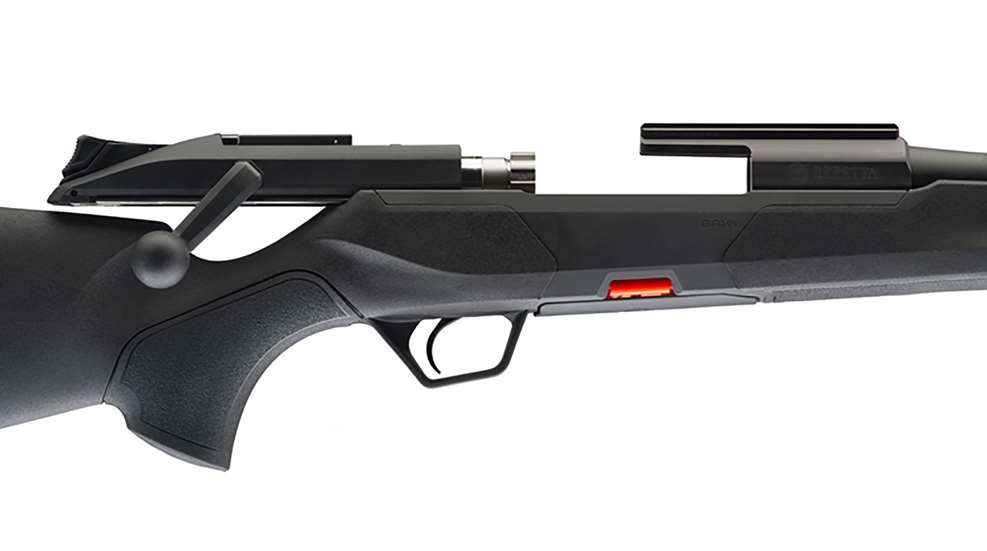
Though the U.S. is one of the largest markets for civilian firearms in the world, certain types of guns rarely make it to our shores. Sometimes it’s due to laws and import restrictions. Other times it’s just a combination of features or the cartridge for which the firearm is chambered in, that there isn’t a market for it here. Just because they weren’t actively cataloged or marketed in the U.S. doesn’t mean that some of these models weren’t sold here, or an intrepid collector hasn’t found a way to bring one into this country, but the following is a list of some types of firearms that you’re unlikely to find on the rack at your local gun shop:
One: Handguns In .30 Luger Or 9x21 mm And Rifles In .222 Rem.
In many countries around the world, civilians are not allowed to own firearms chambered in cartridges used by military forces, including 9 mm Luger, .45 Auto and .223 Remington/5.56 mm. Consequently, many popular firearms in which one of these rounds is the standard chambering are offered in an alternative, non-military cartridge.
For 9 mm Luger handguns, the original popular “civilian” alternative was . 30 Luger, or 7.65 mm Parabellum. This bottlenecked cartridge, introduced in 1898, not only predated the 9 mm Luger, it is the parent case for the popular round. This makes adapting handguns designed around the 9 mm Luger to .30 Luger an easy task. Popular 9 mm Luger handguns that can be found in .30 Luger include the Beretta 92, Browning Hi-Power, Colt Commander, SIG P210 and P220, Ruger P-89, Smith & Wesson Model 39 and 59, and Walther P-38. While these designs were rarely marketed in .30 Luger in the U.S., small batches would be sold from time-to-time. For example, Browning imported about 1,500 Hi-Power handguns in .30 Luger in the late 1980s.
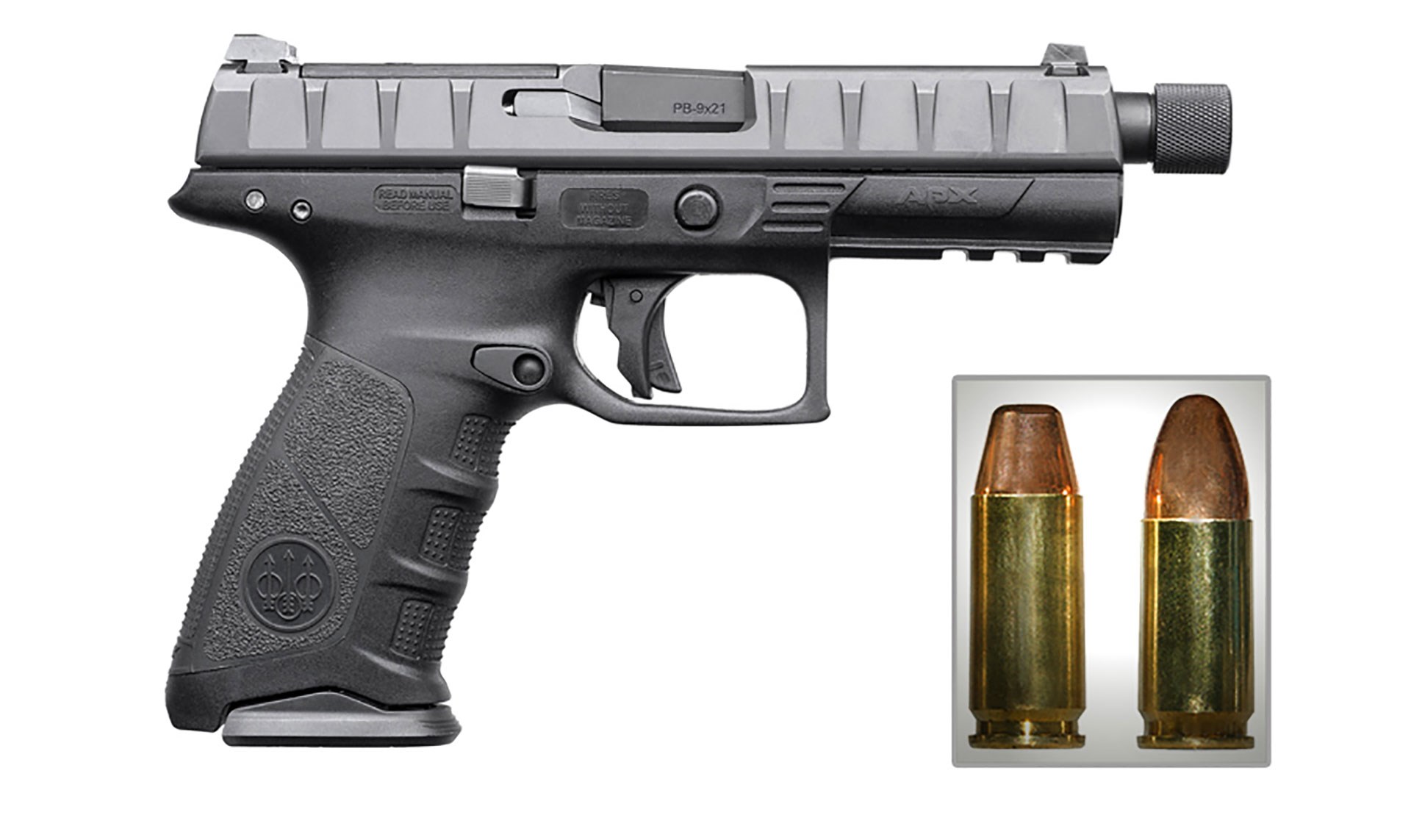 A Beretta APX Tactical chambered in 9x21 mm. Inset: A 9x21 mm cartridge (left) compared to a standard 9 mm Luger (right). Source: APX - beretta.com, Cartridges - wikipedia.com
A Beretta APX Tactical chambered in 9x21 mm. Inset: A 9x21 mm cartridge (left) compared to a standard 9 mm Luger (right). Source: APX - beretta.com, Cartridges - wikipedia.com
In 1980, Israel Military Industries (IMI) sought to adapt their 9 mm Luger firearms designs to a caliber that could be purchased by civilians in restricted countries. To this end they developed the 9x21 mm. The 9x21 mm took the 9 mm Luger case and lengthened it slightly. Bullets were seated deeper, so that both rounds had the same overall length. IMI introduced the cartridge to the Italian market in their Micro UZI pistol.
The popularity of the 9x21 mm meant that it eclipsed the .30 Luger as the go-to “civilian legal” handgun round. Nearly every modern 9 mm Luger handgun design has been chambered in 9x21 mm, including the Beretta 92, Glock 17 and the Smith & Wesson 5904. Some 9 mm Luger carbines, such as the Beretta CX-4 Storm and CZ Scorpion, are also chambered in the round.
On the rifle side of things, manufacturers looked to the parent case of the .223 Remington, the .222 Remington, to adapt their rifles for the civilian market. Colt made a small run of SP1 AR-15s in .222 in the late 1970s and later, an AR-15A2 Sporter II in the same caliber. Many classic ‘80s semi-auto military-style rifles, including the Beretta AR-70, FAMAS, FNC, Valmet 62 and 76, and SIG SG-540 were made in .222 Rem. Not limited to military-style rifles, even sporting semi-auto .223s, like the H&K 630 and Mini-14, were also made in .222 Rem. Although increasing restrictions on semi-automatic firearms outside the U.S. mean few recent .223 Rem. semi-automatic rifles have been adapted to an alternative caliber, Heckler & Koch recently made a .222 Rem. version of their SL8.
To a lesser extent, the same process happened to .308 Win. and 7.62 mm NATO rifles with M1A, FAL and SIG SG-540 models made in .243 Win.
Two: A Different Definition Of Short-Barreled Rifle
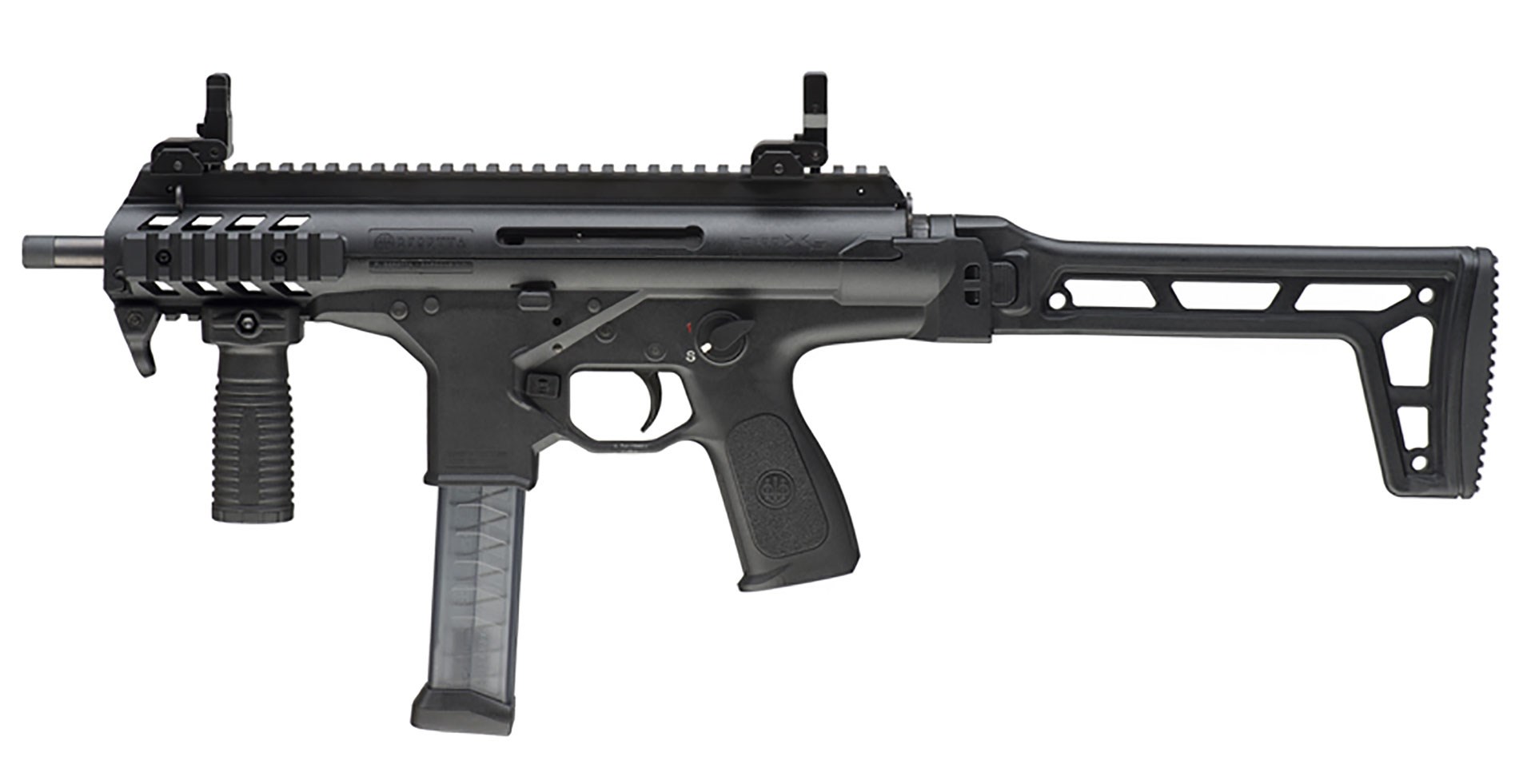 A Beretta PMXs semi-automtatic carbine chambered in 9x21 mm. Source: beretta.com
A Beretta PMXs semi-automtatic carbine chambered in 9x21 mm. Source: beretta.com
Here in the U.S,. our laws dictate that a rifle’s barrel must be at least 16” long, so as not to fall within the purview of the National Firearms Act and its associated restrictions on ownership. Many other countries don’t share our arbitrary barrel length standard. For example, the Heckler & Koch SP5 and SP5K are sold in the U.S. as stockless pistols. In Europe, however, they are supplied from the factory with a stock.
Another example is the CZ Bren 2 Ms and Scorpion. In the U.S., versions with a 16” barrel are sold with a stock and those with a shorter barrel are sold stockless as a pistol. Not so in Europe, where all semi-automatic versions of the Bren 2 Ms and Scorpion are sold as a folding stock rifle, no matter what the barrel length. In Italy, Beretta offers a semi-automatic “Pistol Caliber Carbine” version of their PMX submachine gun with a 7” barrel. In some countries, a rifle is simply something you fire from the shoulder. Barrel length is not important.
Three: Most Firearms Made in China, Post-1994
When China began to open its economy and trade with Western countries in the 1980s, among their exports to the U.S. were firearms. Beyond the typical Soviet-designed guns, like the AK-47, SKS, Dragunov, and Makarov and Tokarev pistols, were copies of Western-designed firearms, including the Browning 22 Semi-Auto Rifle, CZ bolt-action .22-cal. rifles, Winchester 9422, Walther TT Olympia, pre-64 Winchester Model 70, 1911, UZI and M14. Some of us remember the heydays of $75 SKS rifles and 7.62x39 mm ammunition that was as cheap as .22 LR.
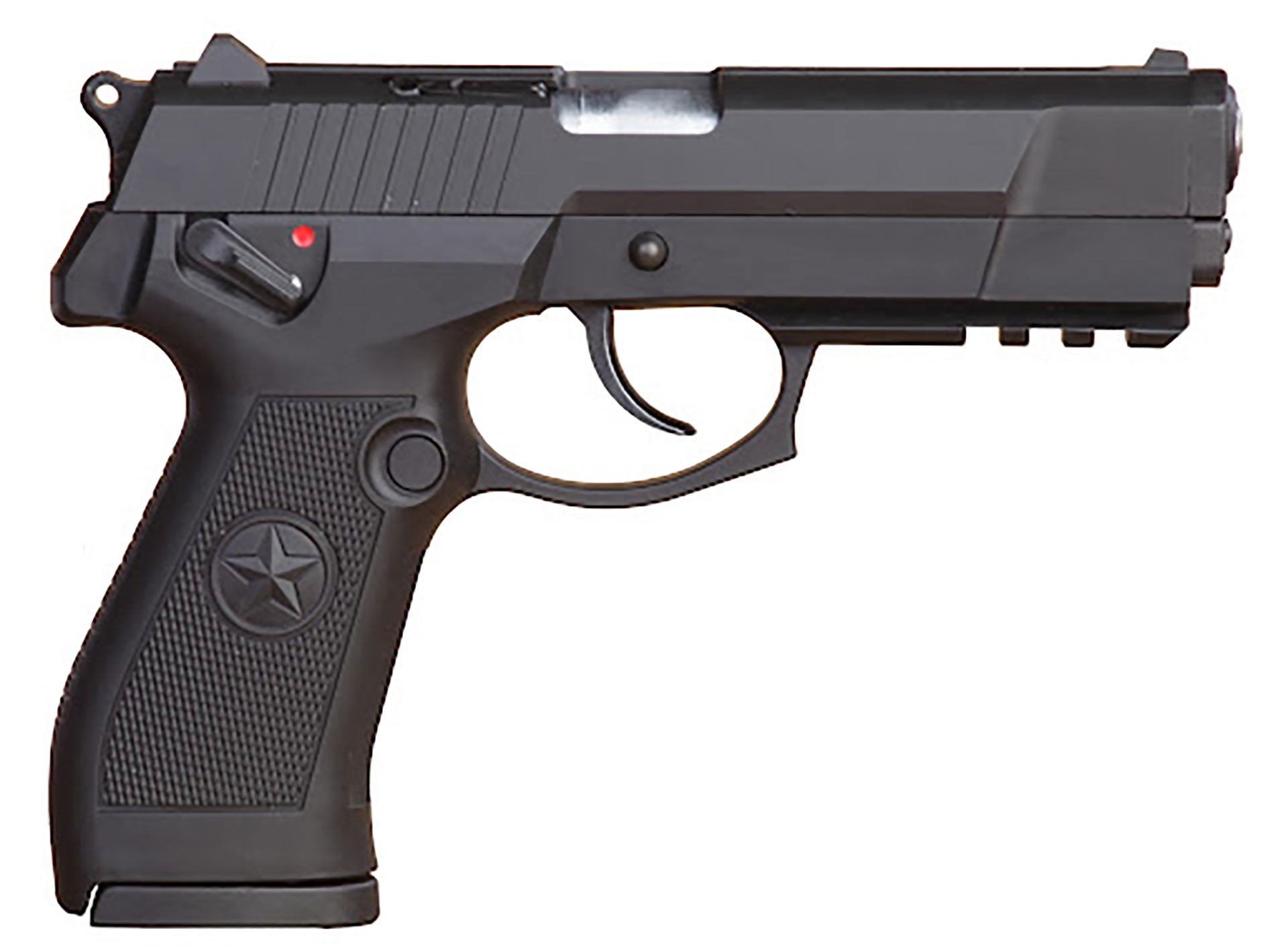 The Chinese CF98, a 9 mm Luger, rotating barrel locking, semi-automatic pistol that is an export version of the country’s service pistol, the QSZ-92. Source:cjaie.com
The Chinese CF98, a 9 mm Luger, rotating barrel locking, semi-automatic pistol that is an export version of the country’s service pistol, the QSZ-92. Source:cjaie.com
A series of events ended the importation of most Chinese-made firearms into the U.S., including a ban on Norinco-made products and the 1994 Assault Weapons Ban. At the time, nearly two million Chinese firearms were being imported into the U.S. annually. While the Chinese kept producing (and copying) other firearms designs for export, most have not been allowed to come into this country. Ironically, Chinese-made firearms are sold in many countries that have stricter gun control laws than the U.S., including Canada and Australia.
Here are a few examples of interesting current-production Chinese firearms that aren’t imported into the U.S.:
- AR-15s: The Chinese-version of the M16, the CQ, has been made in semi-automatic form for the civilian market in M16A1, M16A2 and M4 styles.
- M14s in 7.62x39 mm: Known as the Model M305A, this semi-automatic version of the U.S. M14 not only fires 7.62x39 mm, but also uses AK-type magazines.
- JW-105: A bolt-action hunting rifle chambered in 7.62x39 mm and .223 Rem., marketed in some regions as the “Bush Ranger.”
- Copies of handgun designs including the Glock 17, SIG-Sauer P226, CZ-75 and Colt Woodsman.
- Civilian versions of indigenous Chinese designs, including the QBC-97 bullpup rifle and the Type 77 and QSZ-92 handguns.
The exception? Over the years, some Chinese-made shotguns deemed to have a “sporting purpose” have been allowed to be imported, including copies of the Winchester 1897 pump-action shotgun, Winchester Model 1887 lever-action shotgun, a hammered double-barreled ”coach gun” and Remington 870 shotgun. Savage also imports two Chinese-made shotguns, which it sells under its Stevens brand, the 301 and 320.
Four: Straight-Pull Bolt Actions
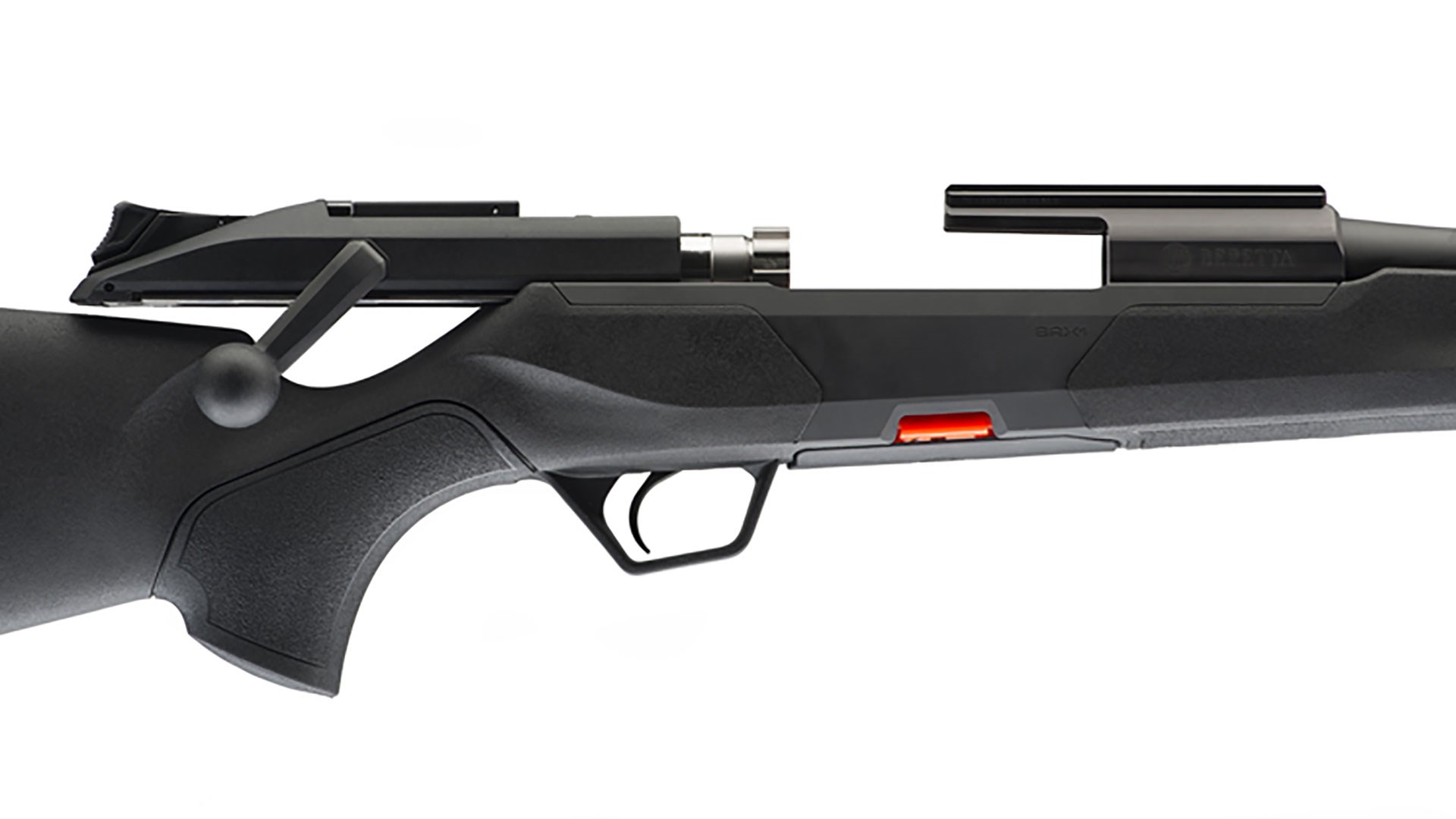 A close-up of the straight-pull bolt action of the Beretta BRX-1. Source: beretta.com
A close-up of the straight-pull bolt action of the Beretta BRX-1. Source: beretta.com
 The Haenel Jaeger NXT straight-pull bolt action hunting rifle. Source: cg-haenel.de
The Haenel Jaeger NXT straight-pull bolt action hunting rifle. Source: cg-haenel.de
Restrictions on semi-automatic hunting rifles have left straight-pulls as the fastest firing firearm for hunting moving game in many European countries. Straight-pull bolt-action rifles have never been as popular in the U.S., though the recently introduced Savage Impulse may change this. Consequently, most American shooters and collectors only know straight-pull bolt actions through military surplus rifles and many commercial straight-pull designs have never been sold here. Companies like Beretta, Chapuis and Haenel make straight-pull bolt-action hunting rifles that they do not sell in the U.S….yet.
Five: “Straight-Pull” And “Release” Versions of Semi-Automatic Firearms
As we pointed out above, many countries outside the U.S. restrict the sale of semi-automatic firearms to civilians. This has led to a creative work-around for those who want a fast-firing firearm for hunting or competition, but aren’t allowed to own a semi-automatic. Popular semi-automatic designs are altered to a “straight-pull bolt-action” system, whereby the action must be manually cycled for each round. Often these firearms are known as “assisted linear reloading,” because the action spring is left in place, so that the charging handle is pulled to the rear and then released to allow the bolt to move into battery under the spring’s pressure, as if you were chambering the first round in a semi-automatic rifle.

The Browning Maral SF Composite HC straight-pull bolt action. Source: browningmaral.eu
A few examples of these include modified versions of the Ruger Mini-14 and the Heckler & Koch SL8. Browning makes an manually-operated version of its BAR called the Maral. AR-15s are a popular candidate for this “assisted straight-pull” modification, with companies like LMT and Patriot Ordnance Factory, offering versions in .223 Rem. and .308 Win.
Another version of “assisted” loading is a “release” design. In what can only be described as “semi-semi-automatic” firearms, the action fires and ejects the spent case, but the bolt stays locked back in the open position and a lever must be pressed for it to close so that the next round is chambered. Savage makes a version of its A22 and A17 rimfire rifles that uses this system and French manufacturer Verney-Carron offers a “Stop&Go” system on both rifles and shotguns, where a prominent lever, placed where it can be actuated by the thumb of the shooting hand, allows the action to chamber the next round after each shot.




































